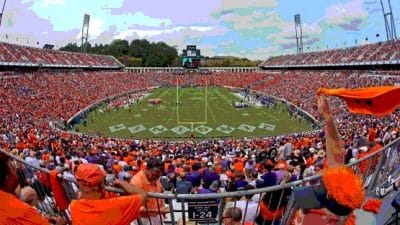
The national average price for regular grade gasoline was $3.39 Friday, up 3cents for the week, yet down 15 cents from month-ago and down 26 cents from year ago prices. However, prices remain 72 cents lower than the record high of $4.11 set four years ago this week. This reversal in a trend of falling prices at the pump to begin July is not a unique phenomenon. In 2011, prices declined for 52 of 56 days, falling 44 cents from a peak of $3.98 on May 5 to a summer low of $3.54 on June 30. July 2011 saw prices rise 17 cents and then remained elevated through Labor Day (September 5) and the end to the busy summer driving period.
From September 6 until December 21, 2011, the national average steadily declined, falling 46 cents to $3.21 per gallon. The low price to-date for the summer of 2012 came on July 2 at $3.33 and the national average is currently six cents above that low.
The spring decline in gasoline prices was driven largely by lower crude oil prices. The price of crude oil fell nearly $30 per barrel from $107.33 on March 27 to $77.69 on June 28. This decline came amid a slew of concerns surrounding global economic weakness including persistent sovereign debt worries in Europe, signs of a slowing economy in China, and bearish economic data in the United States. A weaker global economy would be expected to consume less crude oil, which puts downward pressure on prices.
To begin July, these concerns for global crude oil demand have taken a back-seat to supply concerns, which has keyed the recent increase in oil prices. After registering the fourth largest one-day increase on record on June 29 ($7.27 per barrel), the price of crude increased to a settlement of $87.66 last Tuesday as geopolitical tensions with Iran were again front-page news and oil workers continued to strike in Norway. The market experienced daily ups and downs this week. Early in the week Norway’s government intervened to end an offshore workers’ strike just minutes ahead of a threatened lockout, sending crude oil prices lower. By week’s end, crude oil prices rallied after news broke that the U.S. government would impose additional sanctions on Iran. In addition, looming concerns over the eurozone economic crisis and whether or not Greece will leave the 17-nation-strong European Union has boosted the dollar against the euro, which further put weight on crude prices. Crude oil gained 1.2 percent Friday to settle at $87.10 per barrel.
In its weekly report, the Energy Information Administration (EIA) reported the nation’s crude oil stocks dropped 4.7 million barrels, twice as much as expected, to 378.2 million barrels, the lowest stockpile since April, yet still historically strong for this time of year. Gasoline stocks rose 2.8 million barrels last week to 207.7 million barrels. But 2012 stocks are still seasonably high despite the fall. Early July inventories looked more like 353-358 million barrels in the past two years. Overall demand fell 1.066 million barrels per day (bpd) to 18.535 million bpd. Perhaps with the Independence Day holiday falling in the middle of the week, reporting and resupply ebbed in line with vacation schedules. It’s worth noting that the total measure of demand was roughly level with that seen a year ago. Gasoline demand fell slightly to levels below 9 million bpd.
“Recent price increases at the pump have motorists wondering if this is a minor hiccup or can we expect gas prices to rise through the summer,” said Martha M. Meade, Manager of Public and Government Affairs for AAA Mid-Atlantic. “Don’t be surprised if prices rise through July, just as they did last July when prices rose 17 cents a gallon. Yet even with the increase, gas prices remain 26 cents a gallon lower than this time last year. In August, prices at the pump should begin to retreat again, barring any supply disruptions, such as a hurricane or international event that would put upward pressure on crude oil, and in turn gas prices.”
As the second half of July gets underway and summer vacations ramp up, motorists are wondering if recent increases at the pump will continue through the remaining weeks of summer. Analysts believe it is likely gas prices will increase slightly and then level off for the remainder of the summer, before dropping again following peak demand during the summer driving season. In addition, hurricane season activity is likely to pick up in the coming weeks, where any major oil supply disruption would send gas prices higher.










